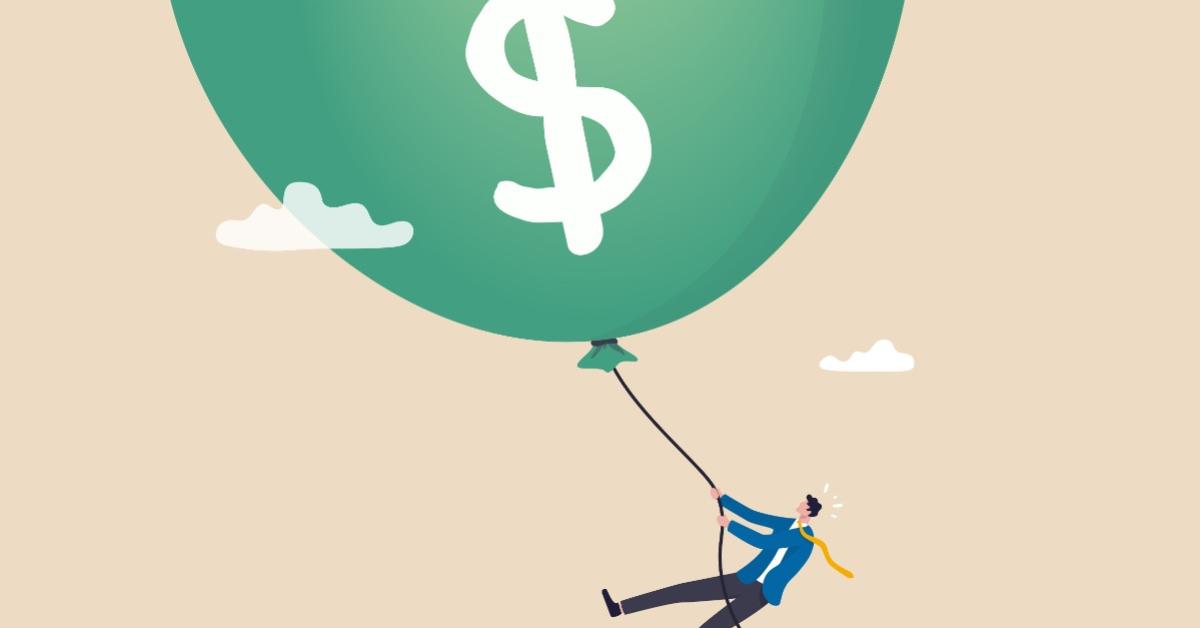
Speaking at Jackson Hole, Wyoming, on August 26, 2022, the chair of the Federal Reserve, Jerome Powell, said the Fed must continue to raise interest rates—and keep them elevated for a while—to bring the fastest inflation in decades back under control. Powell said that a tighter interest rate stance is likely to come at a cost to workers and overall growth. However, he holds that not acting would allow price increases to become a more permanent feature of the economy and prove even more painful down the road.
“Restoring price stability will take some time and requires using our tools forcefully to bring demand and supply into better balance,” Mr. Powell said in a speech. “While higher interest rates, slower growth and softer labor market conditions will bring down inflation, they will also bring some pain to households and businesses.” He then added: “These are the unfortunate costs of reducing inflation.”
Most economic commentators believe the central bank can influence the rate of economic expansion by means of monetary policy but hold that this influence carries a price: inflation. For instance, if the goal is to reach faster economic growth and a lower unemployment rate, then the economy will experience a higher inflation rate. (Note that inflation is defined, by a popular way of thinking, as increases in the prices of goods and services).
It is held that there is a tradeoff between inflation and unemployment, which is described by the Phillips curve. This theory states that increases in wages are associated with increases in the prices of goods and services and that increases in prices are set against the unemployment rate. The lower the unemployment rate, the higher the annual growth rate of prices. Conversely, the higher the unemployment rate, the lower the growth rate of prices will be.
The events of the 1970s surprised most economists. Their theories based on the supposed tradeoff became unworkable. During the 1974–75 period, a situation emerged where overall prices increased while at the same time the pace of economic activity declined. Economists labeled this unexpected event stagflation. In March 1975, US industrial production fell by nearly 13 percent, while the Consumer Price Index (CPI) rose nearly 12 percent.
Likewise, in 1979 there was a large fall in economic activity with accompanying increases in the CPI. By December 1979, the yearly growth rate of industrial production was zero while the CPI grew at 13 percent.
Economic Activity and Increase in Prices
Contrary to popular thinking, strong economic activity as such does not cause a general rise in the prices and economic overheating. Regardless of the rate of unemployment, as long as every increase in expenditure is supported by production no overheating can occur. The overheating emerges once expenditure rises without backup from production—for instance, when the money stock is increasing.
Once the supply of money increases, it generates an exchange of nothing for something, or consumption without preceding production, which leads to the erosion of wealth. Increases in the money stock are followed by rises in the prices of goods and services, all other things being equal.
Note that a price of a good is the amount of money paid for the good. If the stock of money in an economy increases while the amount of goods remains unchanged, more money will be spent on the given amount of goods—i.e., prices will increase—all other things being equal.
Conversely, if the stock of money remains unchanged, it is not possible to spend more on all the goods and services; hence no general rise in prices is possible, all other things being equal. By the same logic, in a growing economy with a growing amount of goods and an unchanged money stock, prices will decline.
With the understanding that inflation is about increases in money supply and not increases in prices, countering inflation means sealing off the loopholes for the generation of money out of “thin air.” This increases the pool of wealth and allows for decline in prices.
The sooner the monetary loopholes are sealed off, the greater the support for the wealth generation process will be. The Fed’s current policy is based upon an erroneous definition of inflation. Once inflation is defined as increases in money supply, there is no cost involved in countering inflation. On the contrary, it will strengthen the wealth generation process.
This is not so with the current policy of raising interest rates, which inflicts damage upon wealth generators. Furthermore, the Fed’s lending to the government is an important contributor to increases in money supply and the weakening of the wealth generation process.
Conclusion
In his Jackson Hole speech, Jerome Powell declared that the Fed must continue to raise interest rates and that a tighter stance is likely to come at a cost to workers and overall growth. Powell and others believe there is a tradeoff between inflation and unemployment, described by the Phillips curve. The lower the unemployment rate, the higher the inflation rate. Conversely, the higher the unemployment rate, the lower the inflation rate is going to be.
As we have shown, however, this is not true. Analysts that insist on following the Phillips curve for policy prescriptions are seriously misleading themselves.






